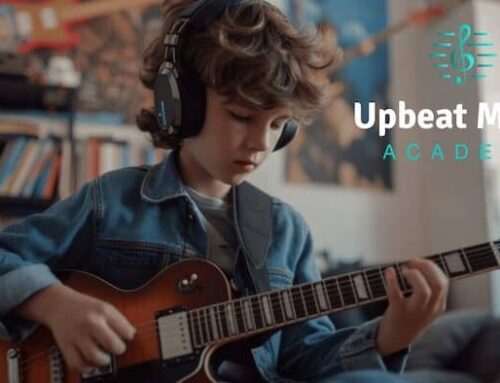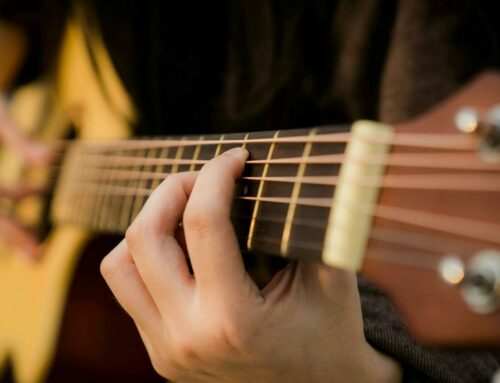
From Buzzing Strings to Beautiful Melodies: My Unexpected Journey into Guitar and the Science of Why It Rocks
As I hunched over my AM radio waiting eagerly for the next song to come on. I, a scrawny twelve-year-old, blasting music from my first portable single-speaker radio. The opening riff of Ratt’s “Round and Round” ripped through the air, the searing lead guitar line courtesy of Warren DeMartini leaving me breathless. It wasn’t just the catchy melody; it was the sheer technical wizardry woven into the notes. My fingers twitched an uncontrollable urge to mimic that magic coursing through me.
Sure, the internet offered the usual beginner’s guides – chords, scales, strumming patterns. But DeMartini’s playing hinted at something deeper, a connection between mind and music. I devoured articles about the neuroscience of music, my curiosity piqued by a study in the Journal of Neuroscience (2010) that showed how playing the guitar strengthens the corpus callosum, the bridge between the brain’s hemispheres [1]. This improved communication between the analytical left and creative right side, they claimed, could enhance learning, memory, and even emotional regulation.
The guitar itself became an object of fascination. Unlike the classical guitars at school, DeMartini’s electric axe was a sleek, modern beast, its polished chrome and sharp angles promising a sound far removed from the mellow twang of nylon strings. I learned that the secret sauce behind that electrifying sound was electromagnetism. Books like “Fundamentals of Physics” explained how vibrating strings, courtesy of a pick-up near the fretboard, disrupted a magnetic field, creating a tiny electric current [2]. This current, amplified, became the roar that could shake arenas.
But the magic wasn’t just in the science or the design. A 2019 study by the University of California, Irvine, highlighted the social power of music [3]. They found that jamming together fostered connection and belonging – a powerful antidote to the awkward isolation that often plagues adolescence. I envisioned myself plugged into an amp, the raw energy of DeMartini’s music coursing through me as I jammed with friends, weaving tapestries of sound that transcended words.
So, the dream wasn’t just about shredding like DeMartini. It was about the journey – the science that made the music possible, the mental focus required to master the instrument, and the social connections forged through shared musical expression. That twelve-year-old beneath the pepper tree, forever changed by the electrifying sounds of “Round and Round,” knew this was more than just a whim. It was a path to a world of sound, science, and connection, waiting to be explored with every fretted note.
Noel Wentworth is a Music Instructor at the Upbeat Music Academy Kelowna where he teaches Guitar, Bass and Ukulele
Sources:
- Journal of Neuroscience: https://www.sfn.org/publications/jneurosci “Playing Guitar Improves Functional Connectivity in the Corpus Callosum” (2010)
- “Fundamentals of Physics” by Halliday, Resnick, and Krane. Chapter 16: Wave Motion (textbook)
- University of California, Irvine “Group Music Making Enhances Social Bonding and Reduces Stress in Adults” (2019)






